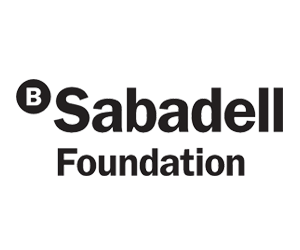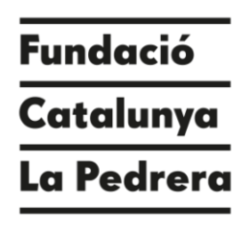Patrycja Paruch
University of Geneva, Geneva, Switzerland

University of Geneva, Geneva, Switzerland
Title: Novel functional properties at ferroelectric domain walls: insights from scanning probe microscopy
Ferroelectric domain walls separate regions with different polarisation orientation, and can present functional properties beyond those of their parent phase, making them potentially useful as active components in future nanodevices. However, as these domain walls are extremely narrow (of the
order of 1 nm), direct access to their structure and properties requires sophisticated and versatile experimental techniques with very high imaging resolution. Atomic force microscopy (AFM) is a particularly useful probe, allowing nanoscale access to magnetic, ferroelectric, conductive, mechanical and even chemical properties.
In this lecture, I will present the basic AFM techniques, focusing on aspects of piezoresponse force microscopy and conductive AFM, illustrating them with two examples from the investigations of novel properties at domain walls in epitaxial PZT thin films, and discussing their advantages and challenges for studies of functional oxide materials.
(1) Electrical currents measured at 180° domain walls in otherwise insulating thin films, highlighting the key role of oxygen vacancies and surface adsorbates, whose distribution can be modulated to reversibly control domain wall transport [1].
(2) Unusual electromechanical response (which could be technologically important for ferroelectrics-based surface acoustic wave devices), forbidden by symmetry in the parent phase but permitted at domain walls as a result of the local symmetry breaking [2], and the emergence of a localised domain-wall-specific polarisation, confirmed by nonlinear optical techniques [3].
References:
1. Guyonnet et al., Adv. Mat. 23, 5377 (2011); Gaponenko et al., APL 106, 162902 (2015)
2. Guyonnet et al. APL 95, 132902 (2009); Guyonnet et al., JAP 108, 042002 (2010)
3. Cherifi-Hertel et al., Nat. Comm. 8, 15768 (2017)
 Patrycja Paruch was born in Poland and grew up in Zimbabwe. She obtained a magna cum laude BA in Physics from Harvard University in 2000, followed by a PhD in Physics from the University of Geneva in 2004, and post-doctoral research at Cornell University.
Patrycja Paruch was born in Poland and grew up in Zimbabwe. She obtained a magna cum laude BA in Physics from Harvard University in 2000, followed by a PhD in Physics from the University of Geneva in 2004, and post-doctoral research at Cornell University.
Patrycja joined the University of Geneva in 2007. Her group (ferro.unige.ch) uses scanned force microscopy to investigate the novel functional properties of individual ferroelectric domain walls, in addition to their static and dynamic behaviour as pinned elastic interfaces. Within this broader framework, the group has recently begun to also explore biological interfaces such as proliferating epithelial cell fronts. They are also developing combined ferroelectric-carbon nanotube devices for nanoelectronics and microscopy applications, and studying the effects of strain and interfacial coupling in multiferroic epitaxial superlattice structures.
Non-scientifically, she boxes, climbs rock and ice, keeps carnivorous plants and herbivorous turtles, and is somewhat asymptotically working towards a pilot license.





